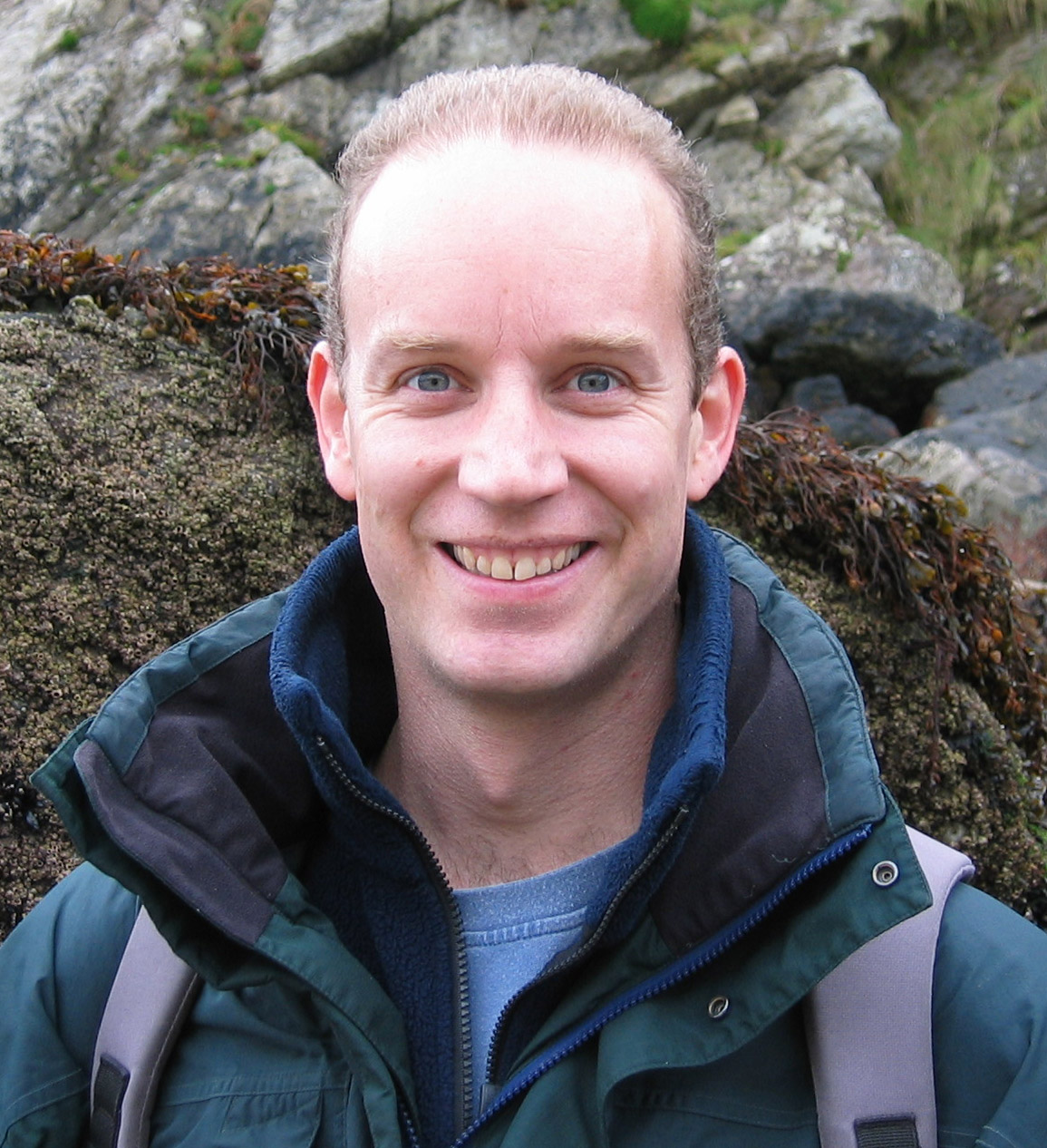Human impact on the environment: can we strike a balance?
Dublin Bay is a hugely important leisure amenity and an essential commercial hub. It is also a crucial ecosystem with internationally important populations of birds and a range of coastal, inter-tidal and sub-tidal habitats, and it has been designated as a UNESCO biosphere
But, between climate change, rising sea levels, erosion caused by human activity and more intense storms, threats from invasive species, industrial pollution and sewage contamination, Dublin Bay faces critical challenges in the coming decades. Now, two UCD academics, Dr Tasman Crowe and postdoctoral researcher Dr Paul Brooks, both UCD School of Biology and Environmental Science and the UCD Earth Institute have taken an in-depth look at the impacts of human activity on Dublin Bay’s harbours in collaboration with environmental consultant Richard Nairn, Dublin City Council’s Maryann Harris and David Jeffrey, emeritus Professor at Trinity College Dublin. Their new report, Dublin Port and Dublin Bay: Reconnecting with Nature and People, published recently in Regional Studies in Marine Science may chart a way for the bay as we know it to survive and prosper.
The report has proven to be timely: it was released around the same time as a major report from the Environmental Protection Agency which found that water quality at Merrion Strand was poor, with contaminants including seagull faeces and untreated human sewage, as well as household rubbish and industrial run-off. Warnings have been put up for swimmers.
“There are enormous challenges,” Dr Crowe says. “The big thrust of our research is how multiple stressors combine to have effects on marine ecosystems. We all know that eutrophication is caused by excessive fertilisers running into the waters and causing a build-up of algae, or that copper is toxic for marine organisms and that over-fishing and erosion can damage marine ecosystems. What we don’t know enough about is how these and other processes interact with each other: what are the combined impacts of copper and sedimentation, or fisheries pressure and nutrient inputs, and how these may be influenced by climate change.”
 In experiments covered in the report, Dr Brooks has been working with Malahide Marina to deliver controlled doses of multiple contaminants including copper, pesticides and nutrients, combined with climate-related stressors such as warm water and fresh water, to up to 100 small experimental plots to test effects on marine ecosystems. “Reviews have shown that around 26 per cent of combinations of stressors studied to date have independent or additive effects, 36 per cent have synergistic effects (effects greater than the sum of their independent effects), and another 38 per cent actually ameliorate each other, but for many combinations there is simply no evidence to use in decision-making,” Dr Crowe explains
In experiments covered in the report, Dr Brooks has been working with Malahide Marina to deliver controlled doses of multiple contaminants including copper, pesticides and nutrients, combined with climate-related stressors such as warm water and fresh water, to up to 100 small experimental plots to test effects on marine ecosystems. “Reviews have shown that around 26 per cent of combinations of stressors studied to date have independent or additive effects, 36 per cent have synergistic effects (effects greater than the sum of their independent effects), and another 38 per cent actually ameliorate each other, but for many combinations there is simply no evidence to use in decision-making,” Dr Crowe explains
Crowe has always been interested in the intersection between human culture and the marine environment, and this is a theme that is of increasing concern throughout the EU and worldwide. “How do we value our natural resources and recognise the value they have for societies? How can we balance development and economic activity with protection of marine ecosystems and the services they provide, such as fisheries, biofuels, cultural and health benefits?” Interdisciplinary collaboration and stakeholder engagement are key.
Dr Crowe and Dr Brooks are collaborating in the World Harbours Project. Initiated by the Sydney Institute of Marine Science researchers in partner universities are looking at 21 harbours around the world, including Singapore, Rio de Janeiro, Auckland, New York and Hong Kong. “These are different places, with different climates and ecosystems, different kinds of societies bordering and interacting with them, and different threats,” says Dr Crowe. “What we are doing is taking stock of what we know about harbour ecosystems and exploring ways of improving how these harbours interact with nature.”
Dr Brooks has analysed the data from multiple harbour studies and found an abundance of evidence to show that when harbours are carefully designed with ecosystems in mind, life can flourish: For instance, artificial rock pools help limpets, barnacles, crabs and octopuses to thrive.
Through their connection with DCC’s Maryann Harris, Dr Crowe and Dr Brooks are also working with the Dublin Bay Biosphere, part of a UNESCO initiative that supports areas of natural habitat which are also intricately linked with human activity – such as a harbour close to a city – fostering a more inclusive and integrated approach to environmental management.
“We need to make changes”, concludes Dr Crowe. “We know that sewage is one of the important issues in Dublin Bay. There were substantial improvements made over a decade ago, but with rising populations, we need further improvements to be made, and they need to be paid for. We shouldn’t just be rushing to catch up, we should be looking at how humans may impact the environment not just now, but in the future. In making plans, we have to consider population growth and climate change, among other factors, as the natural and built environments are changing rapidly. ”
This story first appeared in the summer 2016 edition of UCD Today, the university magazine.

